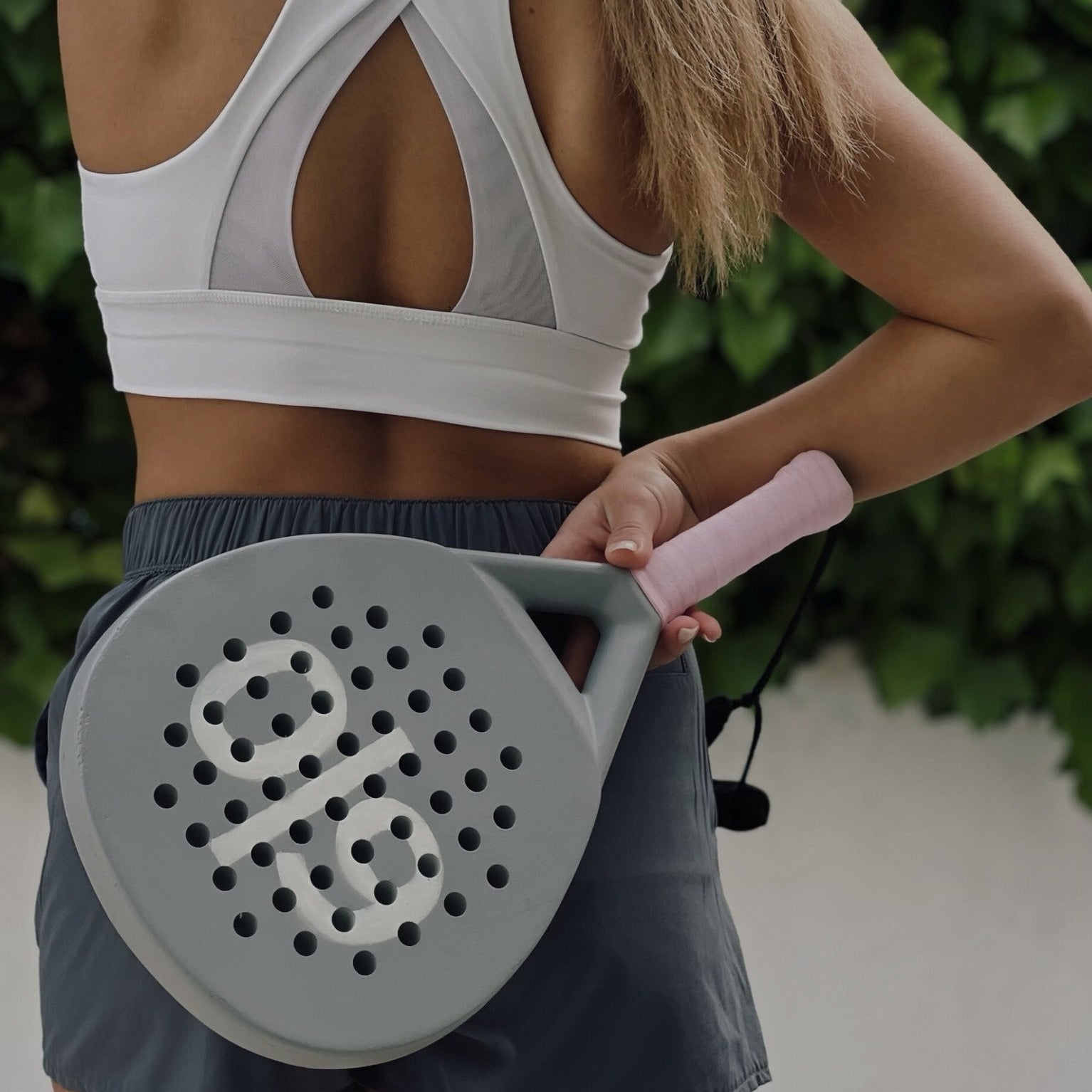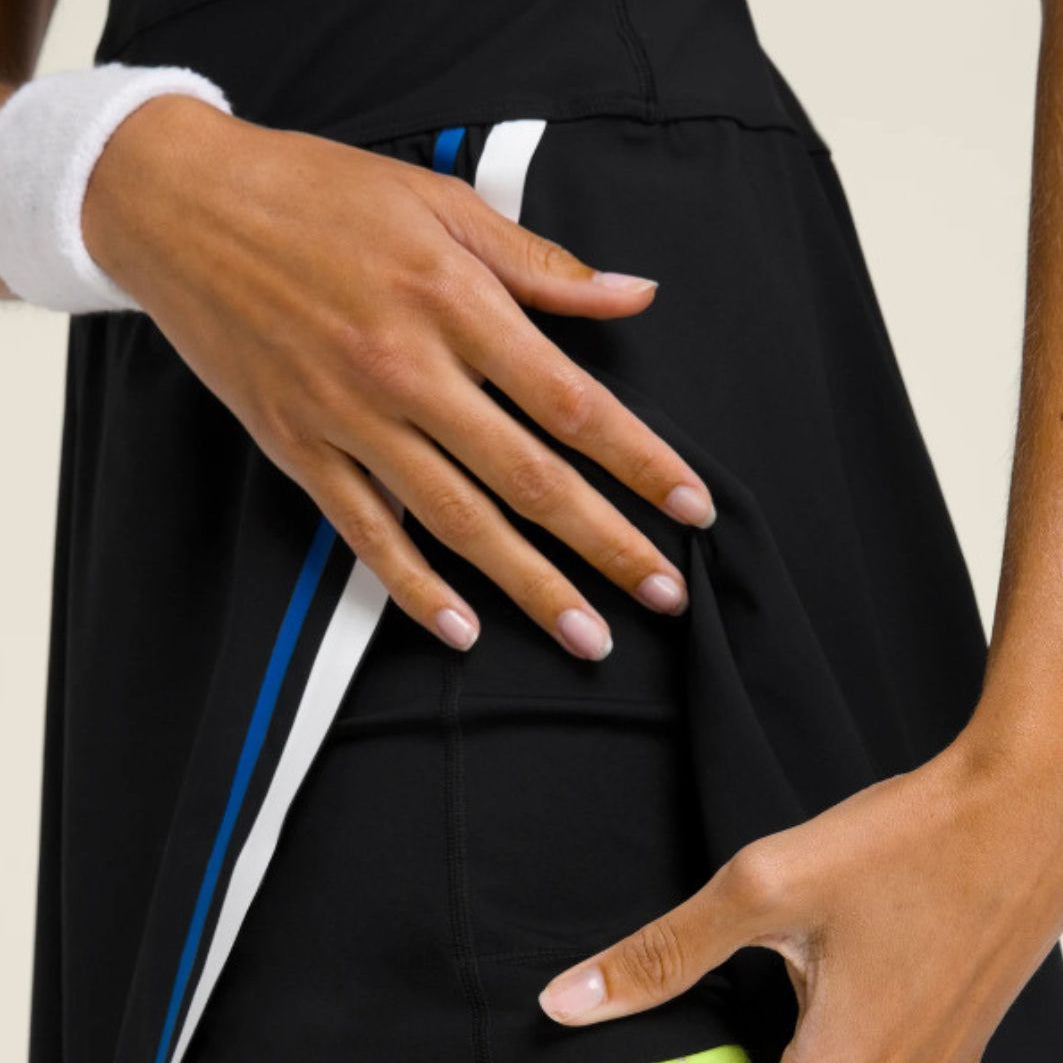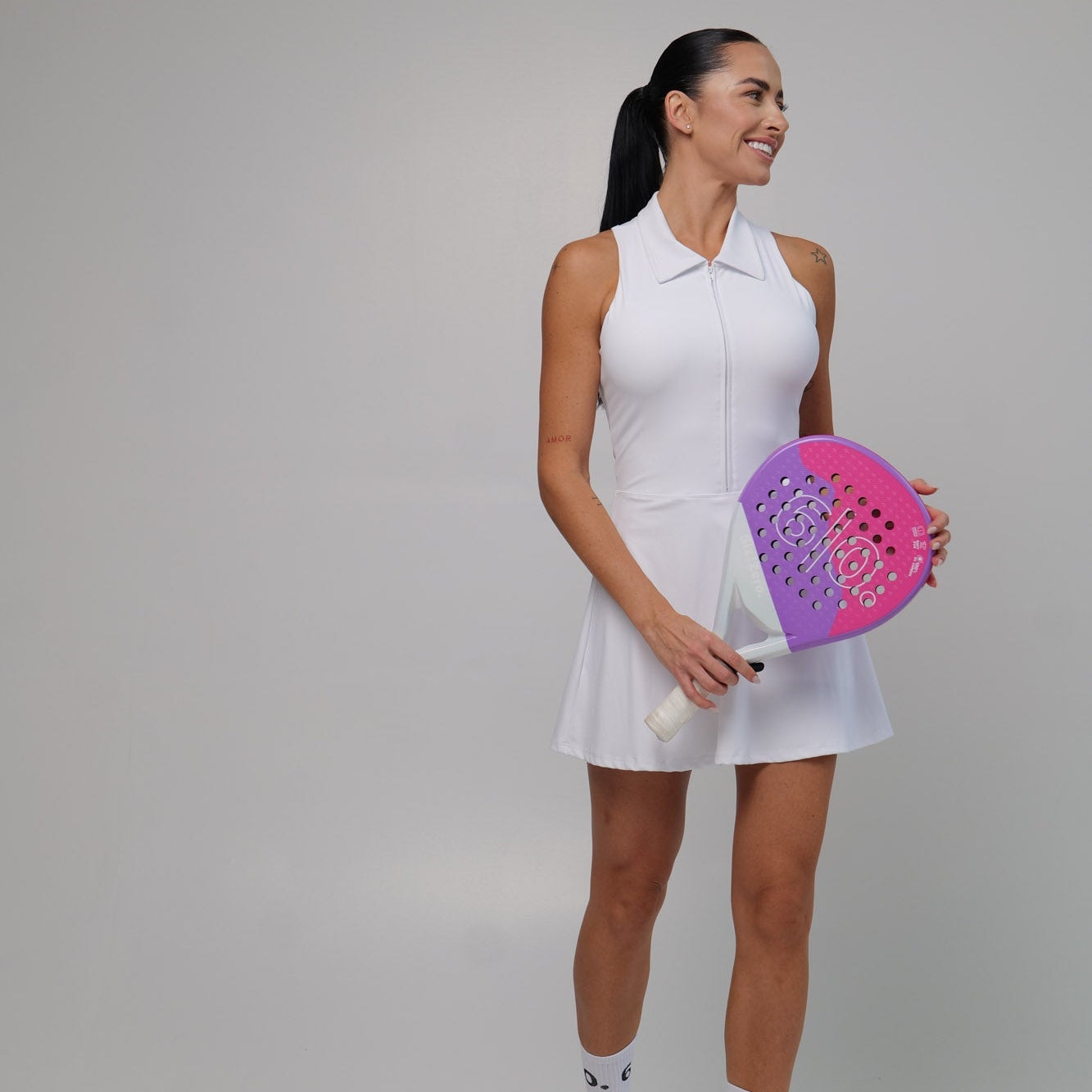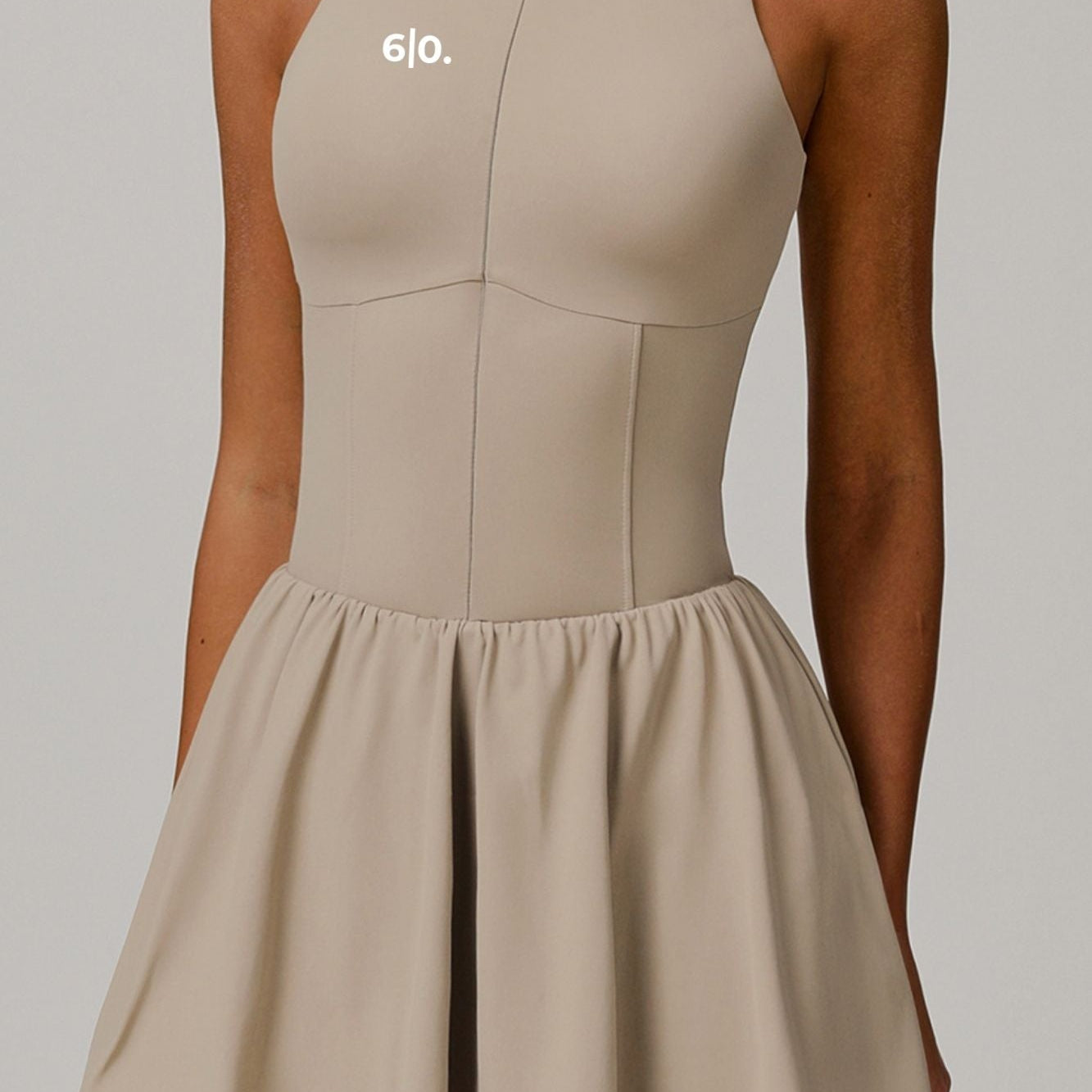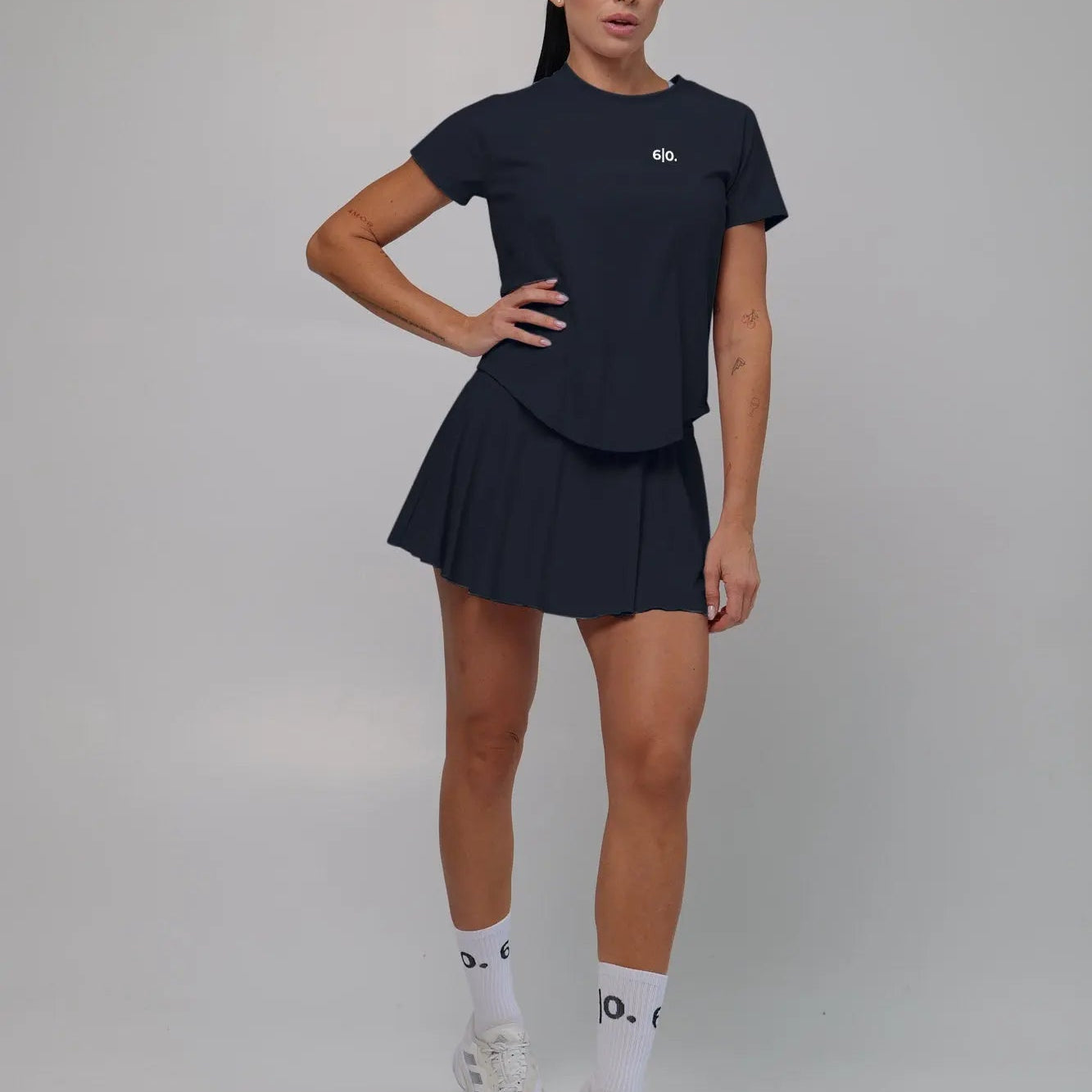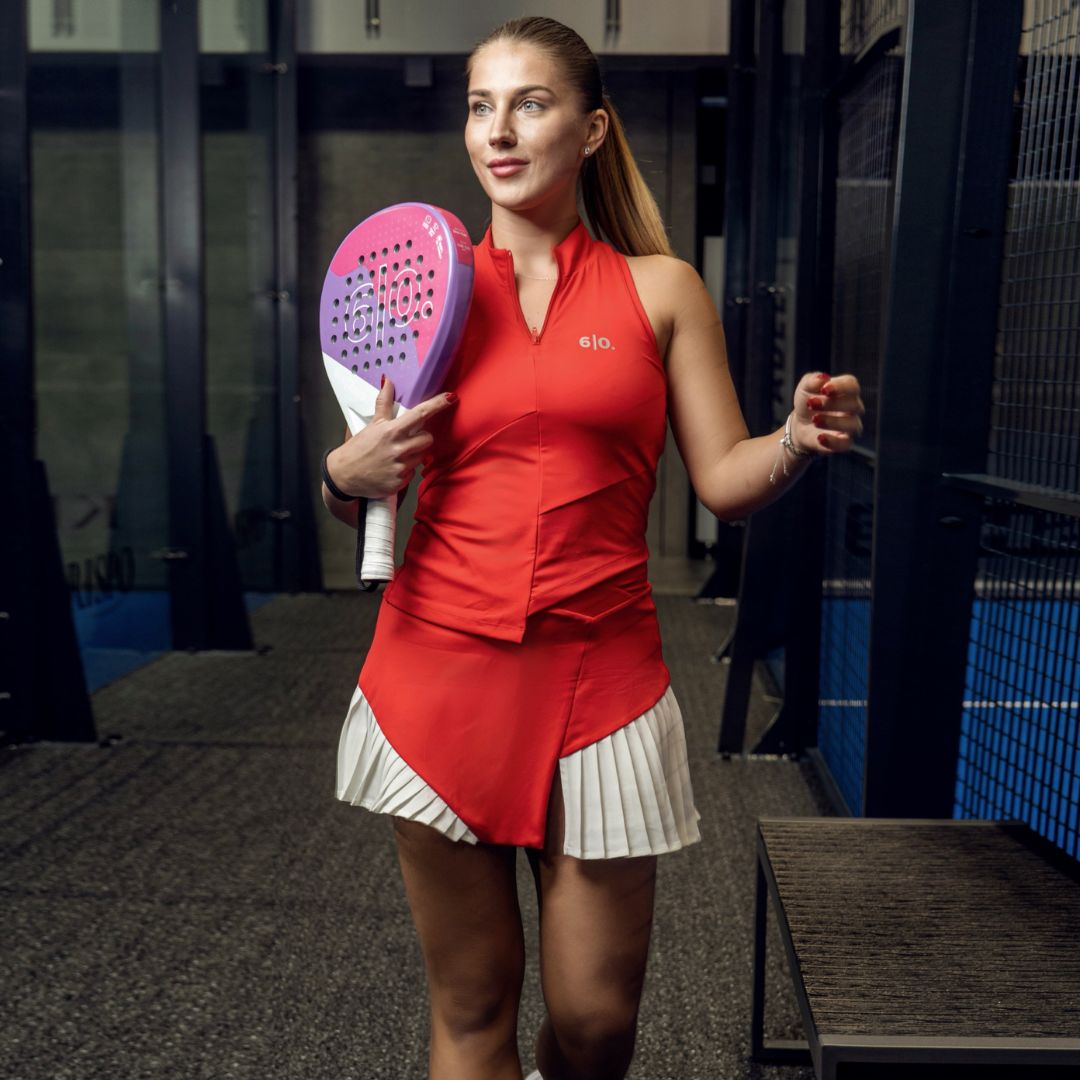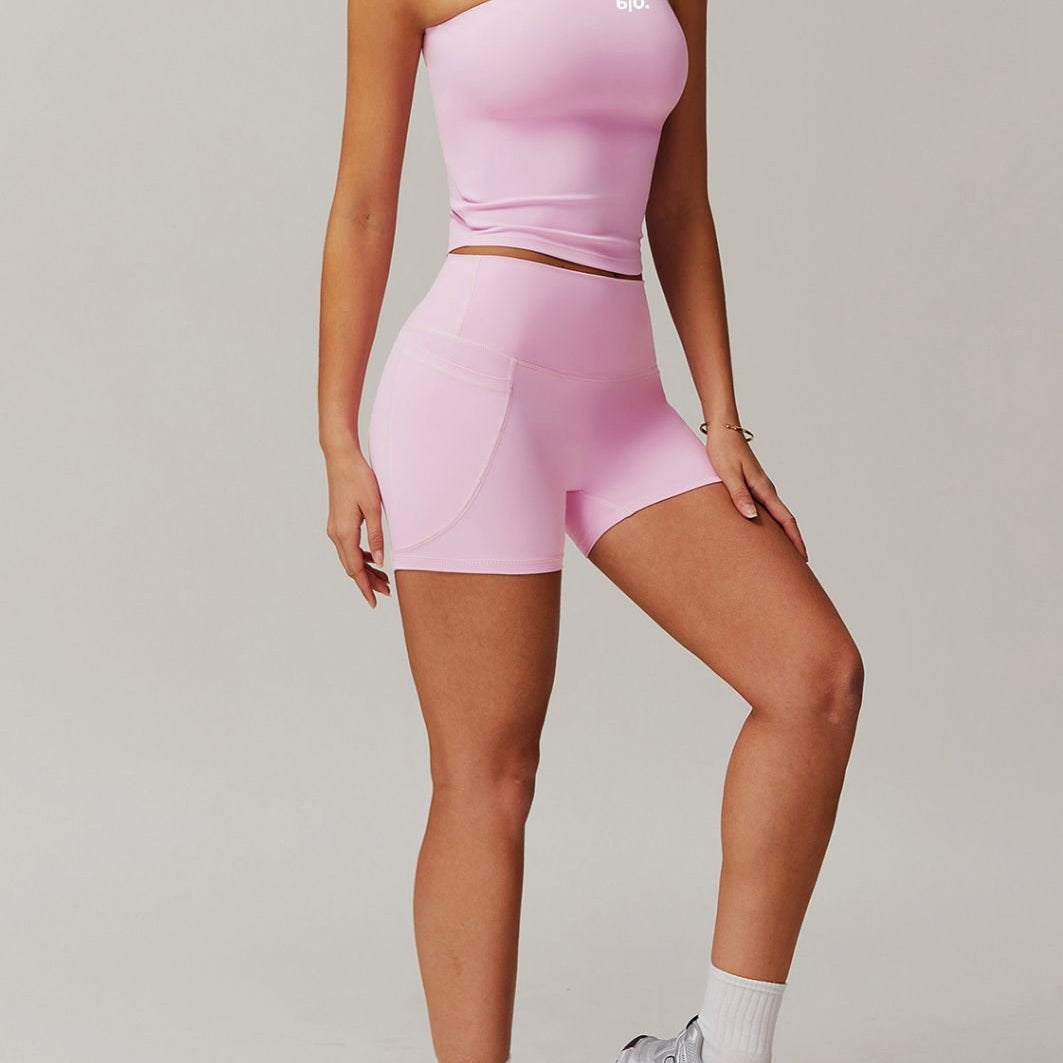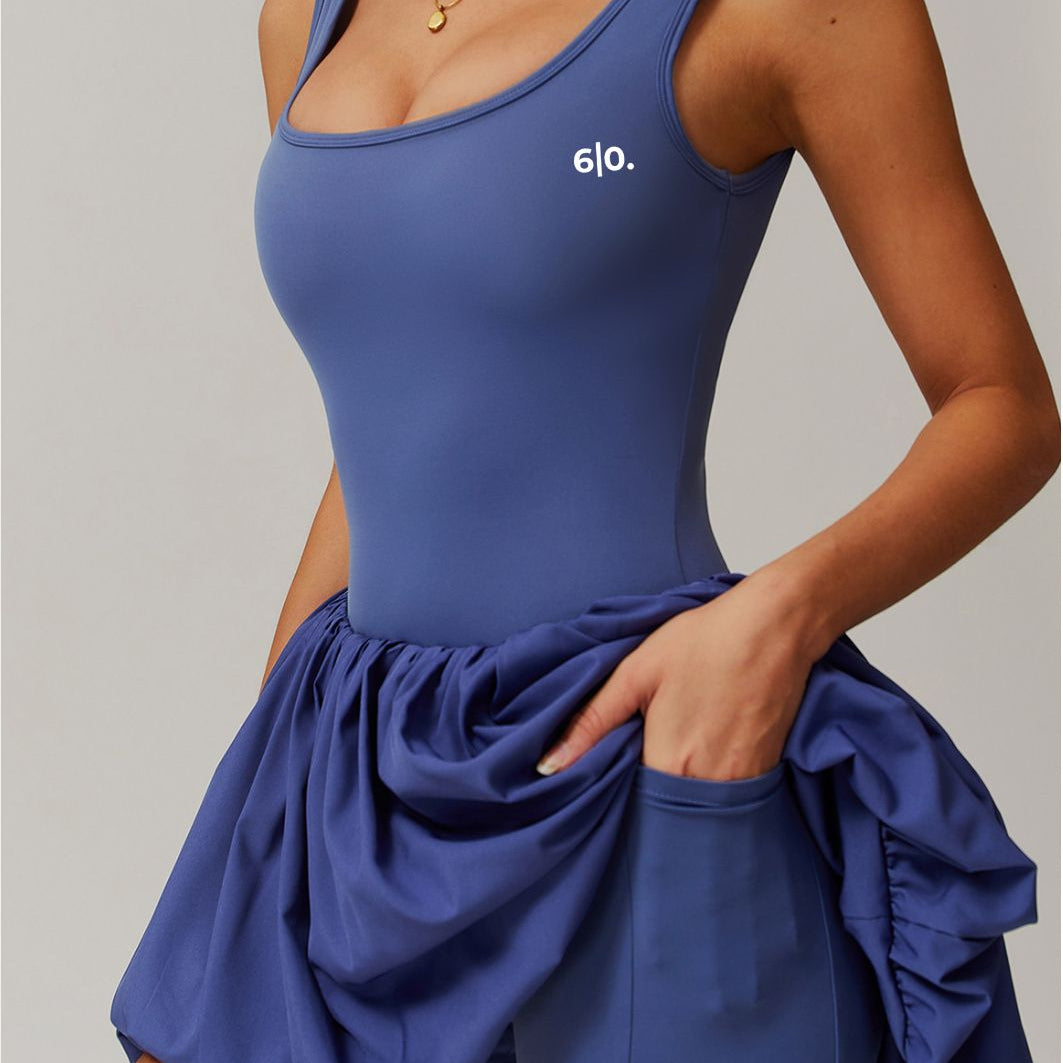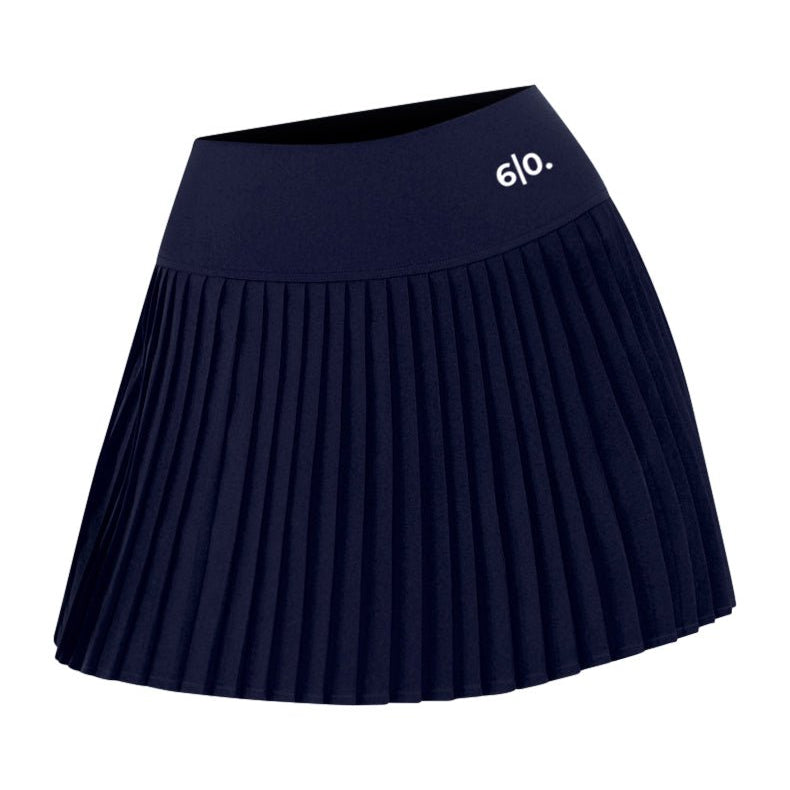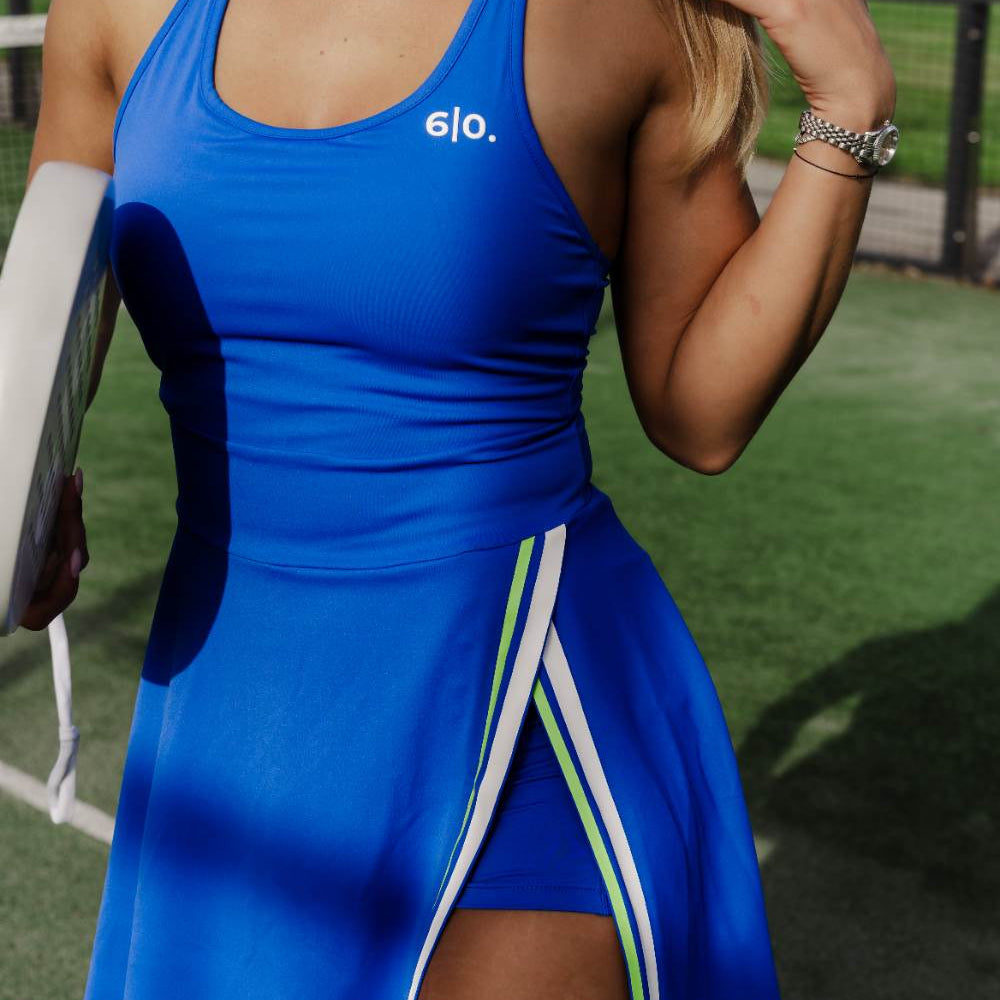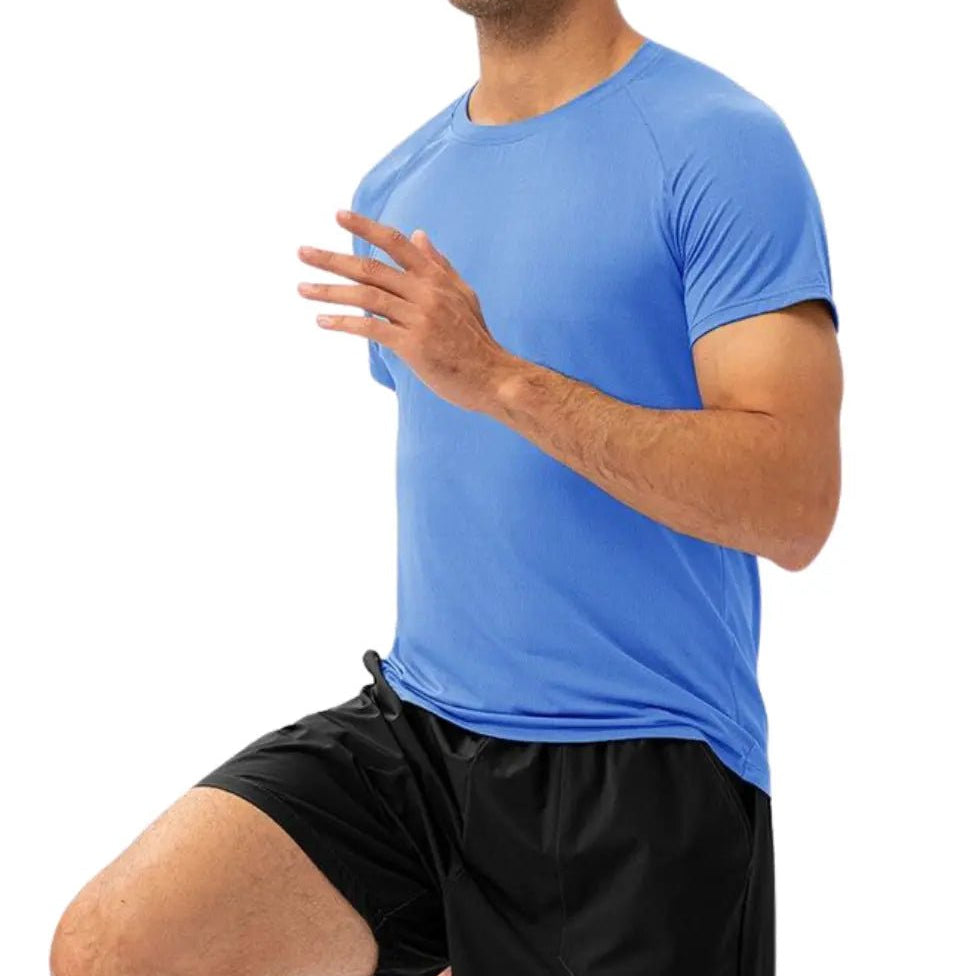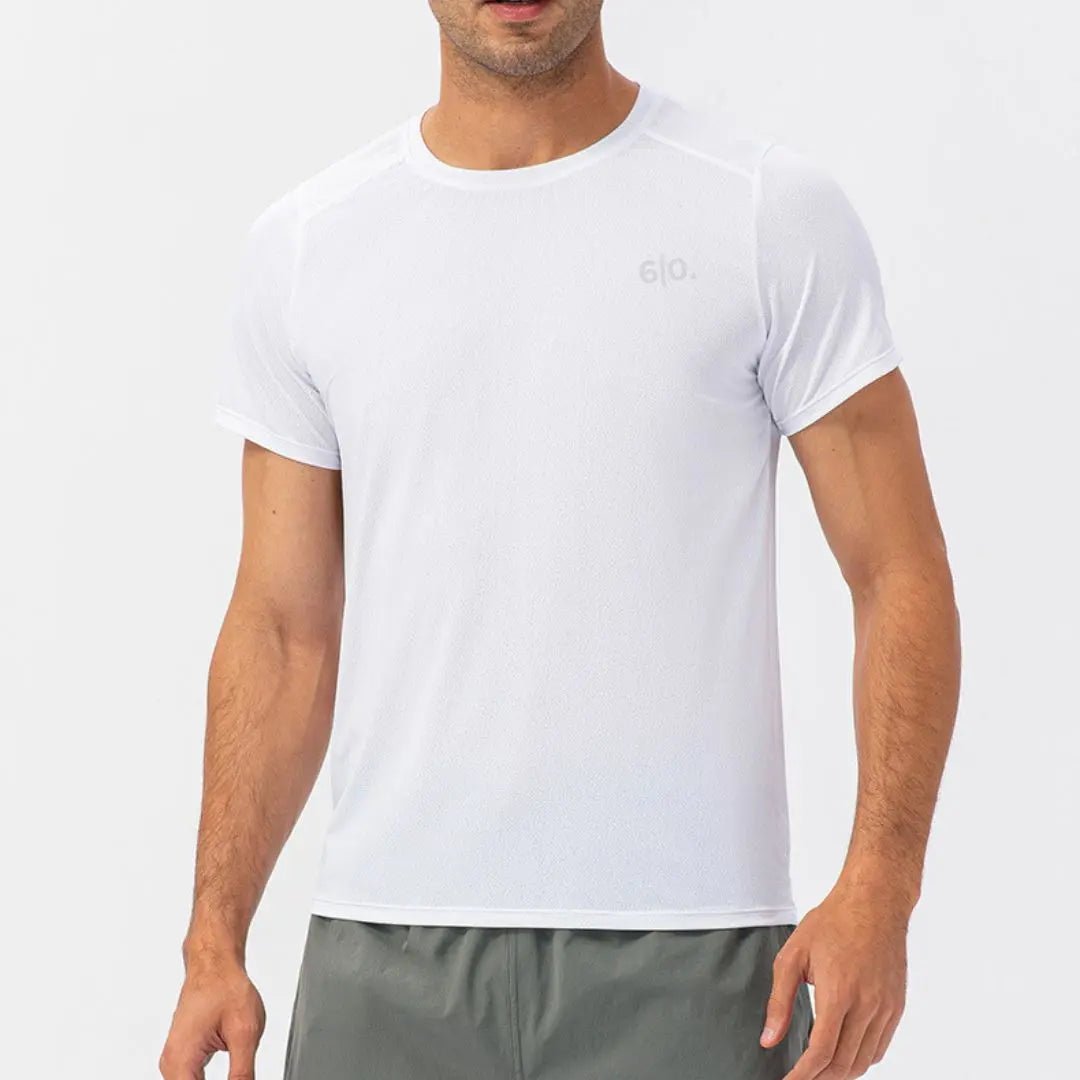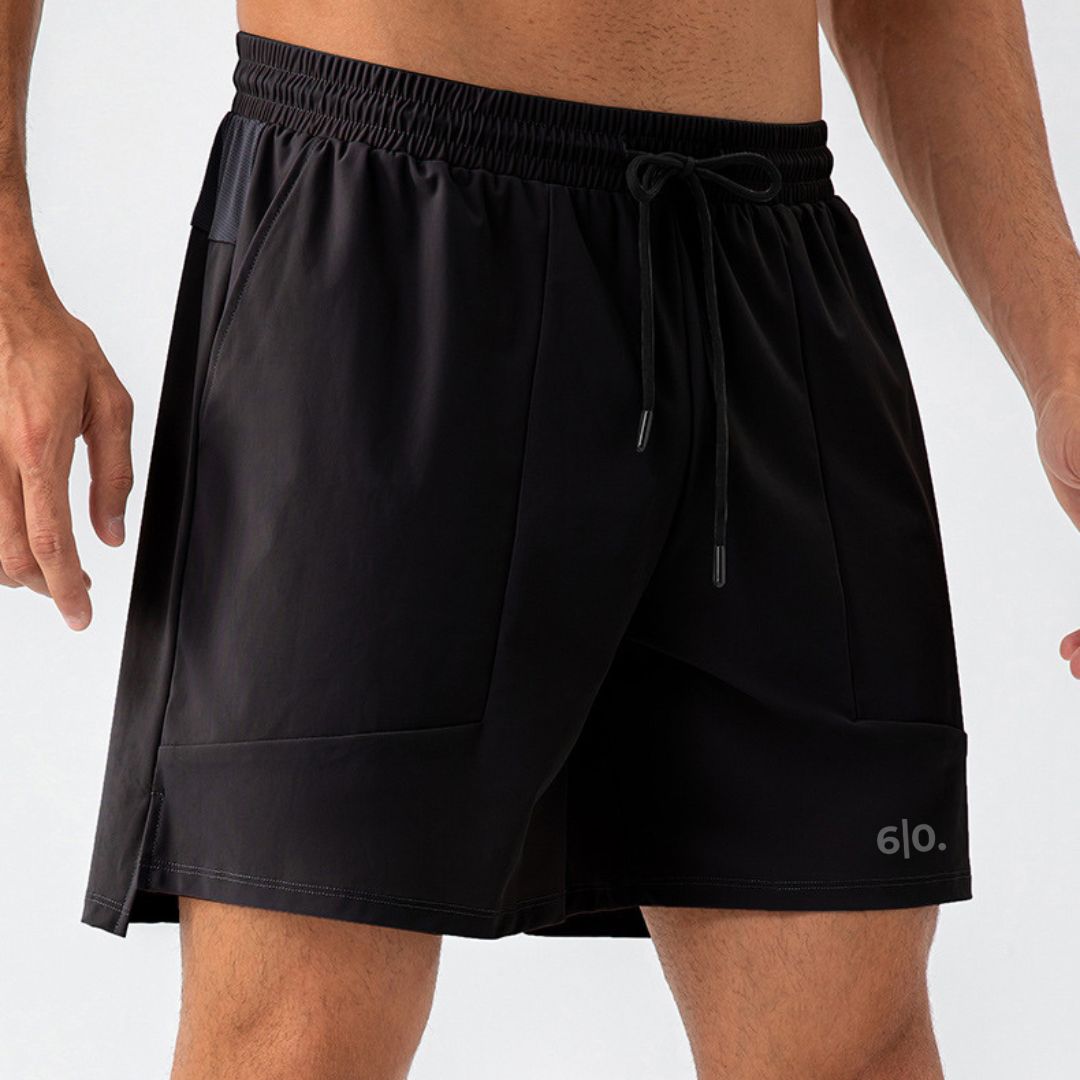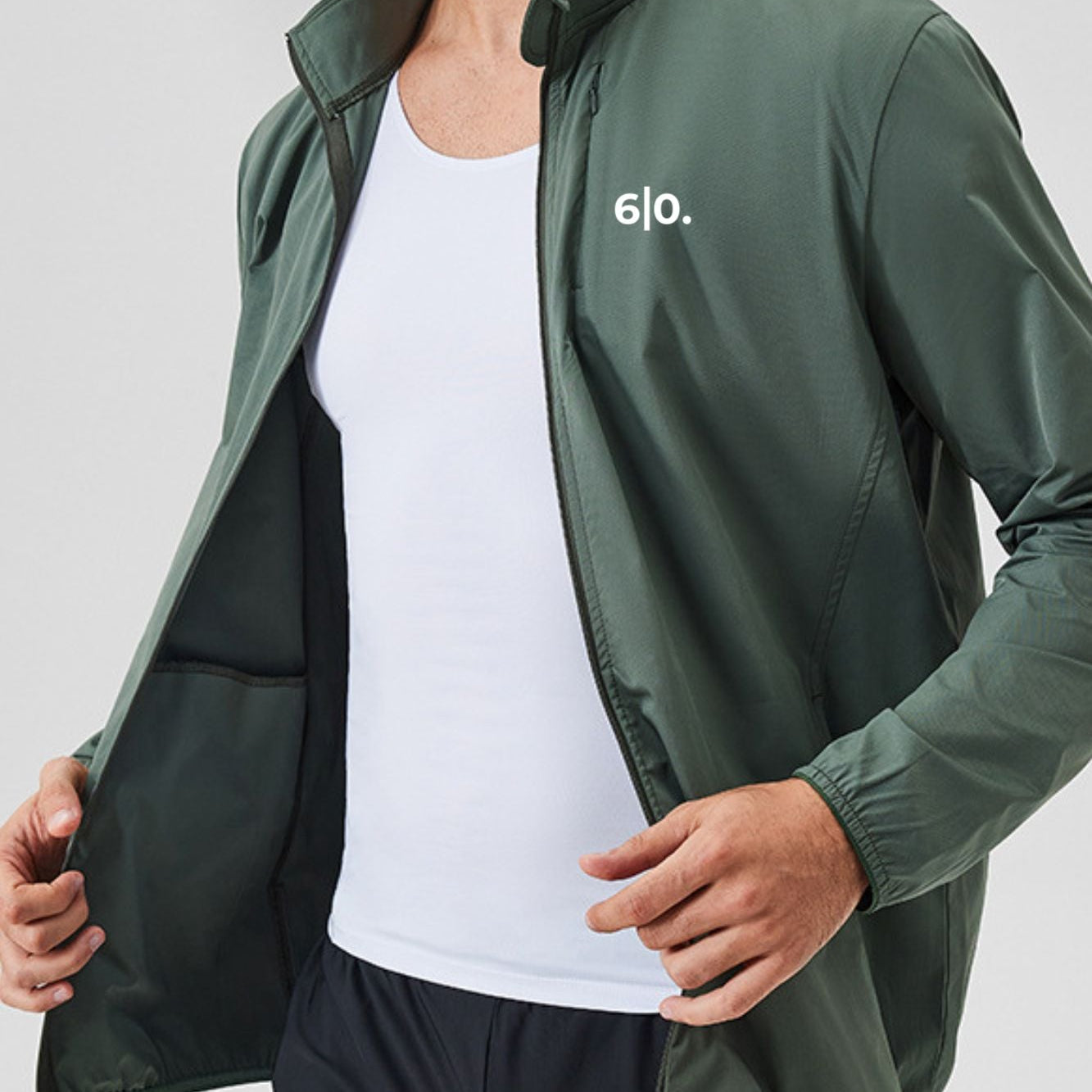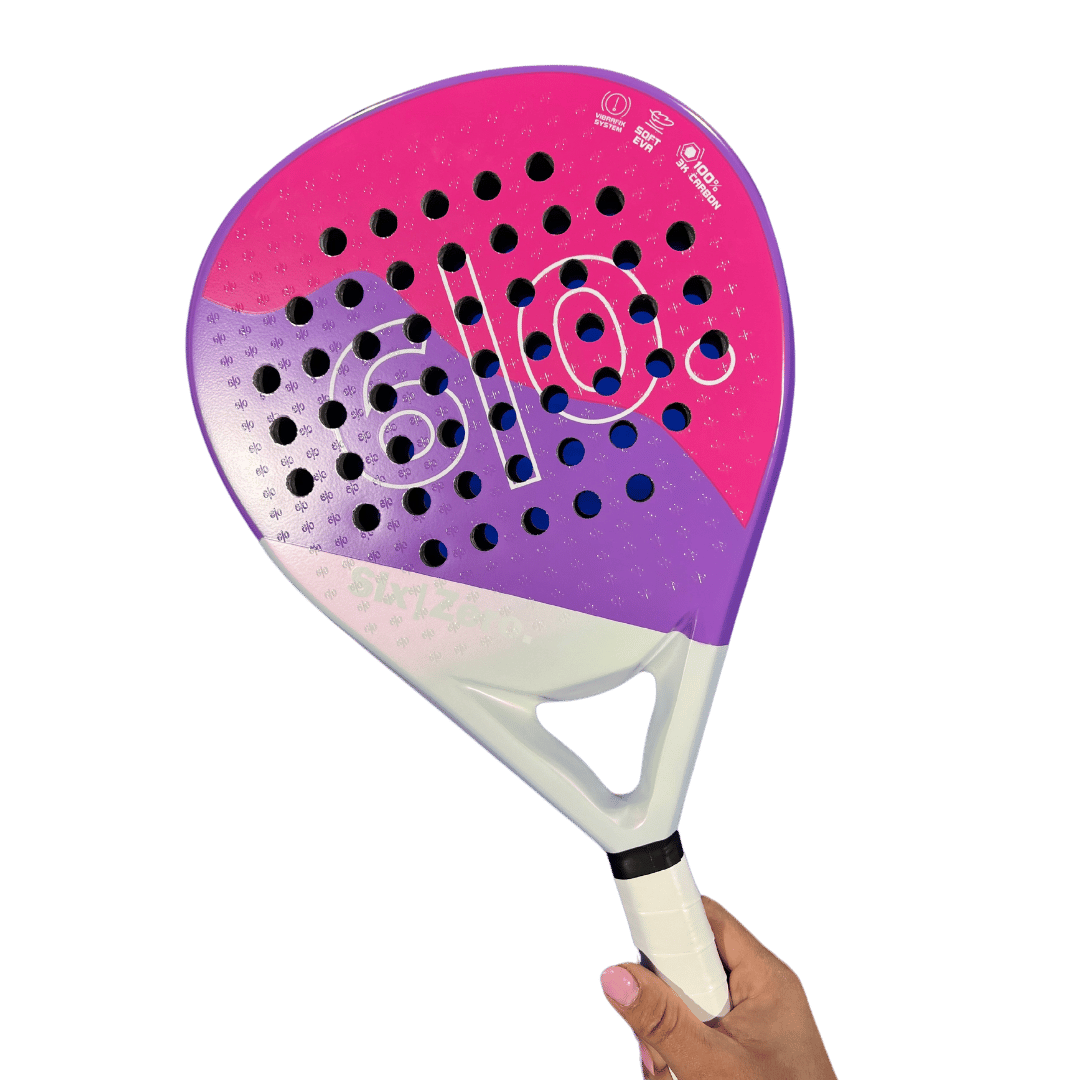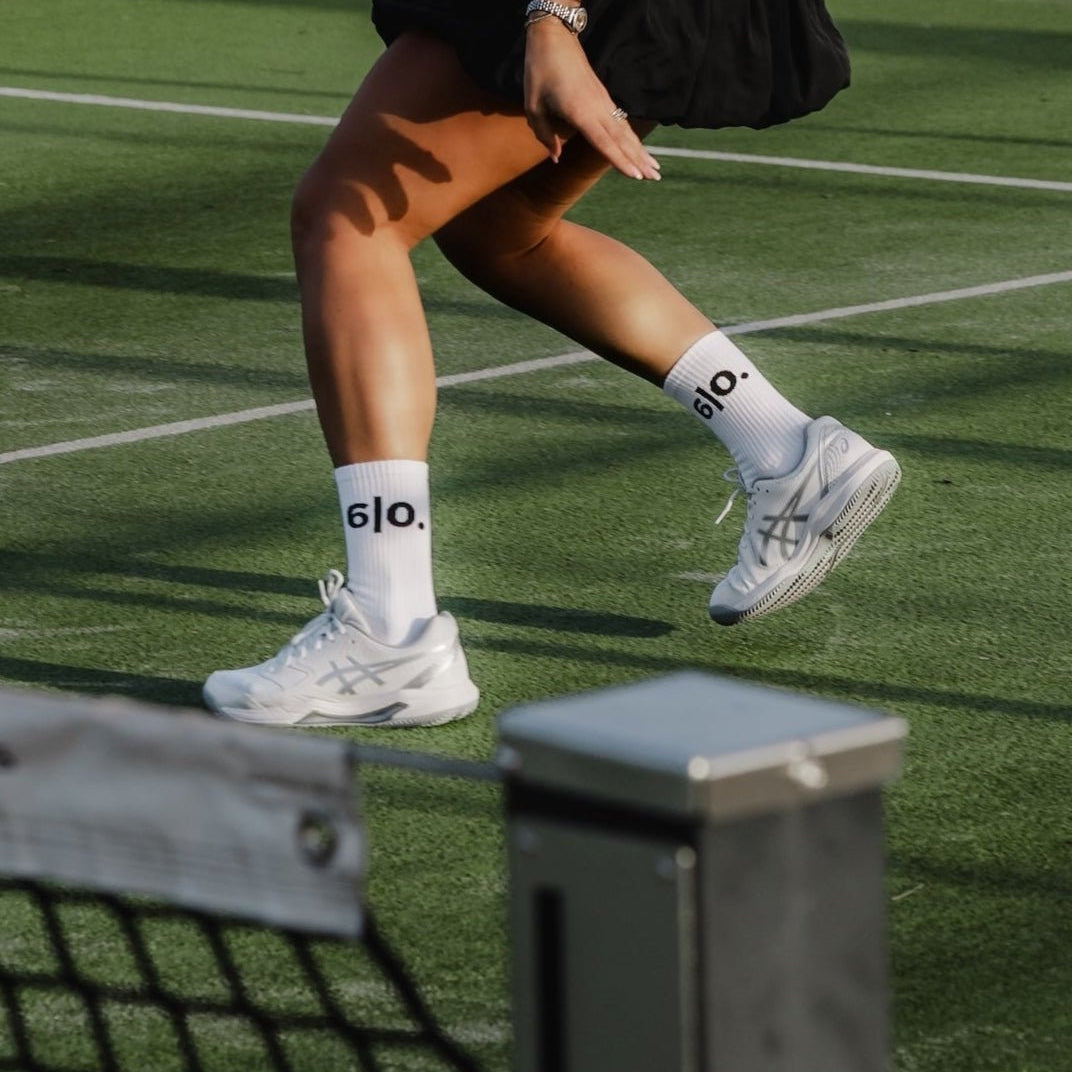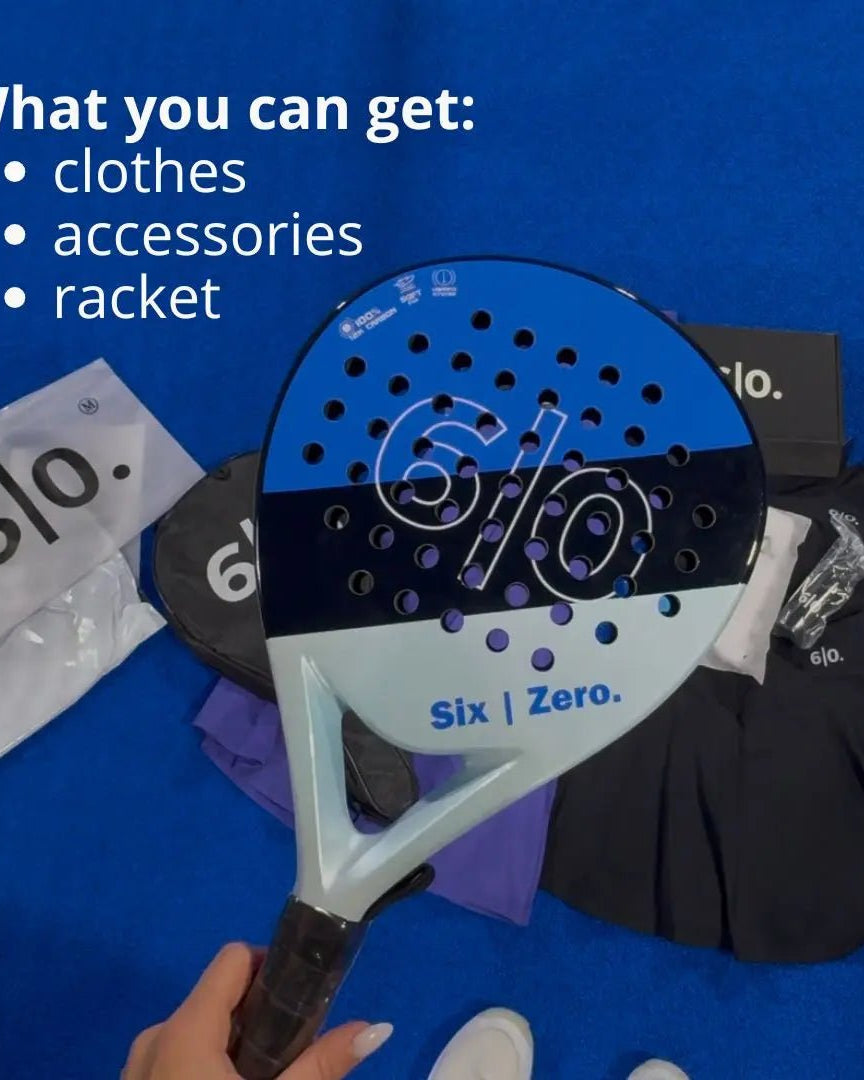Padel vs Tennis Apparel: What's the Difference for Women?
The meteoric rise of padel has created an interesting crossover with its racquet sport cousin, tennis. As more women embrace both sports, questions about appropriate gear naturally arise. While the games share similarities, the unique movements, court designs, and physical demands of each sport influence what you should wear. Understanding these differences can enhance your comfort, performance, and enjoyment on the court.
Throughout this guide, we'll explore the key similarities and differences between women's padel and tennis apparel, examine the technical specifications that matter most, and provide practical advice to help you make informed clothing choices. By the end, you'll understand how to select apparel that suits your preferred sport and playing style.
Understanding the basics: Padel vs tennis – rules and player movements
Before diving into apparel specifics, it's essential to understand how each sport's gameplay affects clothing requirements. These fundamental differences drive many of the design variations in women's sportswear for each discipline.
Padel is played on an enclosed court with walls that balls can bounce off of, creating a more dynamic playing environment. The smaller court size (10 x 20 meters) means players make quick, explosive movements in all directions, often lunging toward walls or executing rapid turns. Padel is almost exclusively played as doubles, meaning four players share the confined space.
Tennis, conversely, features larger, open courts where players cover more ground with longer sprints and lateral movements. The absence of walls eliminates the need for certain types of pivoting movements common in padel. Tennis can be played as singles or doubles, changing the court coverage demands accordingly.
These gameplay differences directly impact what women need from their sportswear. Padel requires apparel that facilitates multidirectional agility and provides protection during wall-adjacent play.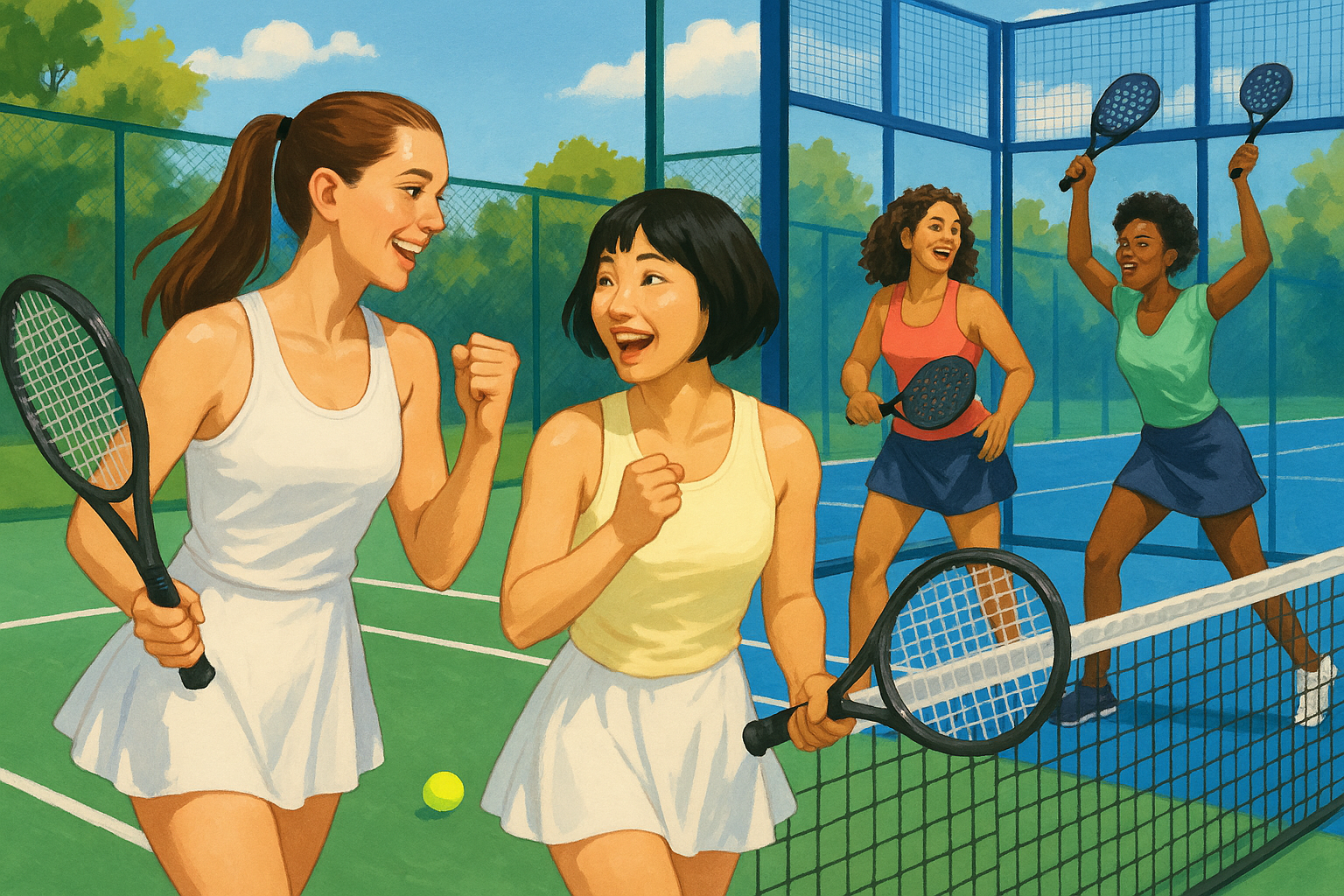
Tennis clothing must support sustained running, reaching, and serving movements while managing sweat during potentially longer matches.
Core apparel for women: Key similarities and overlaps
Despite their differences, padel and tennis share common apparel foundations. Many manufacturers produce garments suitable for both sports, focusing on shared performance requirements.
The core wardrobe for both sports typically includes skirts or dresses, tops (tanks, tees, or long sleeves), shorts, and specialized athletic shoes. Both require clothing that delivers moisture management, breathability, freedom of movement, and sun protection for outdoor play.
Much like tennis, padel apparel for women emphasizes technical fabrics that wick sweat away from the body. Both sports demand clothing that minimizes distraction during intense rallies and allows for full range of motion in all directions. Leading brands like Adidas and ASICS have developed crossover collections that perform well in either environment.
Common technical features include four-way stretch materials, flatlock seams to prevent chafing, and strategic ventilation zones. UV protection is critical for both sports when played outdoors, with UPF ratings appearing prominently on premium garments from established sportswear manufacturers.
The aesthetic design language often overlaps as well, with vibrant colors, geometric patterns, and coordinated outfit sets that allow players to express personal style while maintaining professional appearance standards.
Major differences in women's apparel: Padel vs tennis
While the foundation may be similar, significant differences exist between women's padel and tennis apparel. These distinctions reflect the unique demands and culture of each sport.
Skirts, dresses, and coverage – are there design differences?
When comparing padel skirts and tennis skirts for women, several design variations become apparent. Padel skirts often feature slightly more coverage, with lengths that accommodate the frequent bending, squatting, and wall-adjacent play.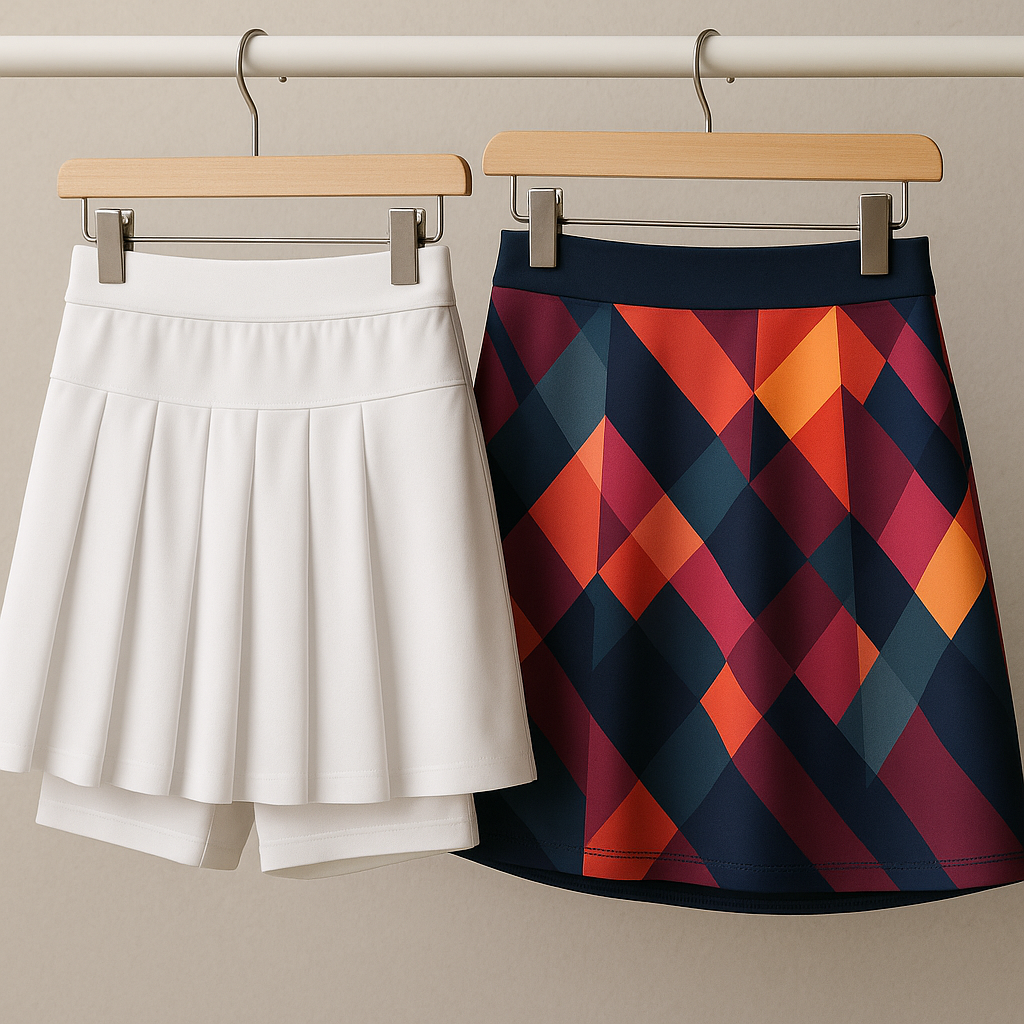
The fit typically allows for explosive multidirectional movement rather than primarily forward motion.
Tennis skirts traditionally emphasize freedom for long strides and often include built-in compression shorts. They may be designed with pleats or A-line silhouettes that facilitate serves and baseline movements. Many tennis skirts also prioritize lightweight design for managing heat during potentially longer matches.
Padel brands like NOX and Drop Shot tend to design skirts with durable materials that can withstand occasional contact with court walls. Tennis-focused brands might emphasize airflow and lightness instead. However, this distinction is narrowing as versatile designs emerge.
Dresses follow similar patterns, with padel dresses often offering more comprehensive coverage across the back and shoulders, while tennis dresses might feature racerback designs or sleeveless cuts to facilitate serving motions.
Topwear: Tanks, tees, and straps
Upper body garments reveal subtle but important differences between padel and tennis requirements. Padel tops often feature full-shoulder coverage and reinforced seams to accommodate frequent overhead reaching and wall play.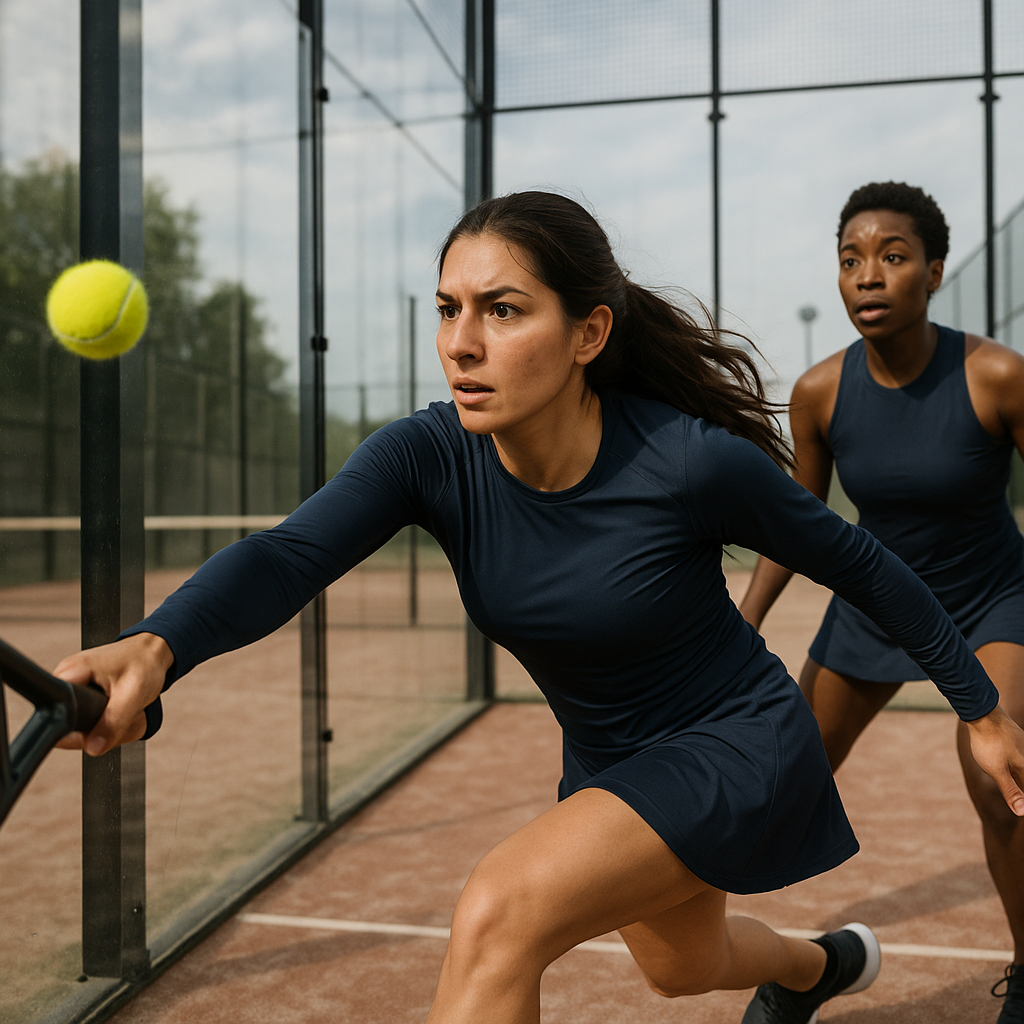
The ASICS PADEL COURT TANK, for example, includes mesh panels positioned specifically for the ventilation needs of padel players.
Tennis tops typically prioritize heat dissipation during long rallies and matches that might extend for hours. Consequently, they often feature more open back designs, thinner straps, or strategic ventilation zones focused on core body temperature management rather than friction protection.
Moisture-wicking capabilities remain essential in both sports, but the placement of mesh panels and seams differs based on typical movement patterns. Tennis tops might feature ventilation zones under the arms and across the back to manage sweat during baseline rallies. Padel tops often include reinforcement at shoulder seams where wall-play can create additional friction.
The neckline design also varies slightly between sports, with padel tops sometimes offering higher necklines to prevent distraction during the varied angles of wall-play situations. Tennis tops may feature more traditional athletic cuts optimized for forward-facing play.
Shoes: Padel vs tennis women's footwear
Footwear represents the most critical difference between padel and tennis equipment for women.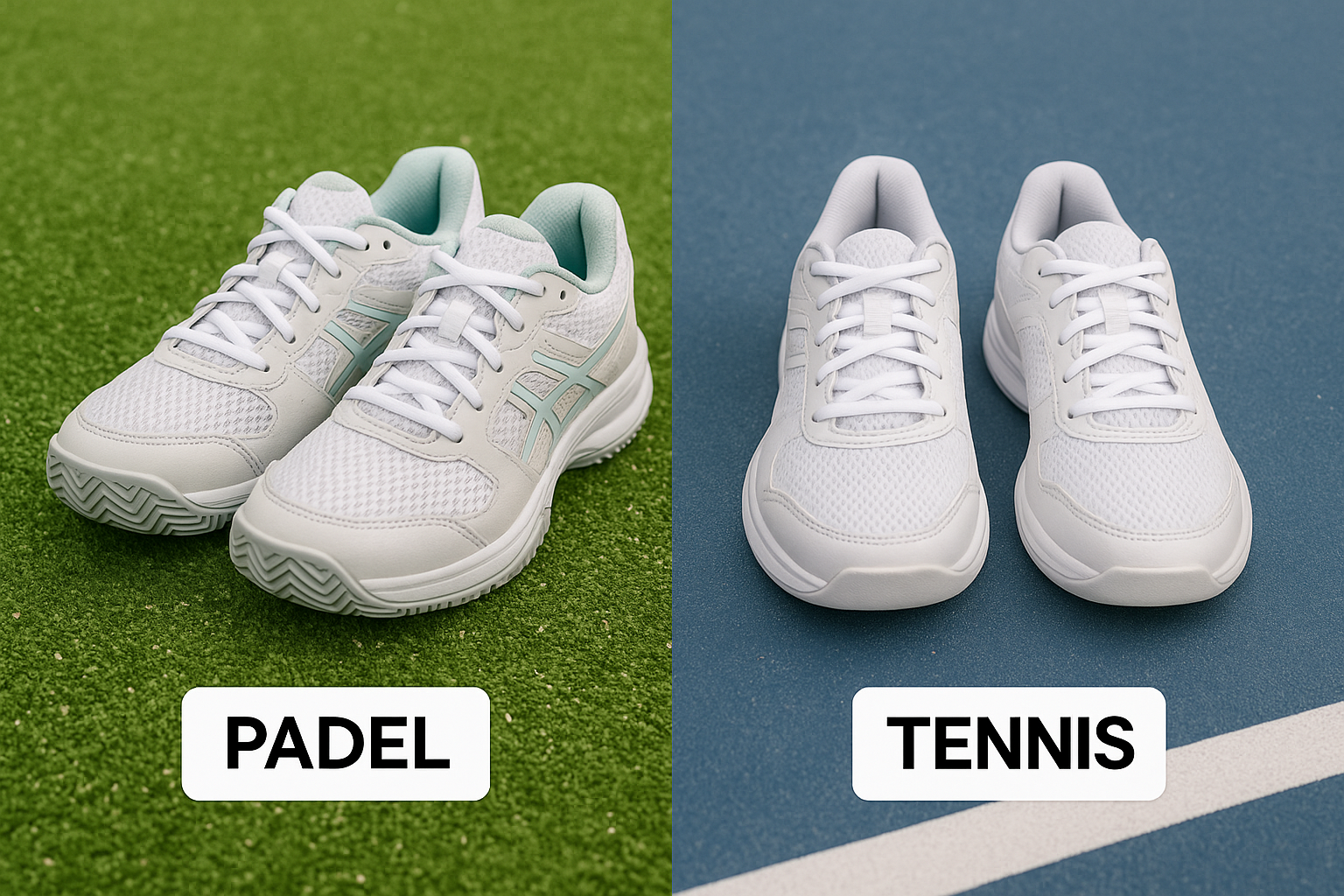
Using the wrong shoes can significantly impact performance and potentially lead to injury.
Padel shoes are specifically designed for artificial turf courts. They feature herringbone or omni-pattern outsoles that provide multidirectional traction on synthetic surfaces. The lateral support is substantially reinforced to accommodate the frequent side-to-side movements and sudden changes in direction that padel requires.
Women's padel shoes typically include:
- Enhanced cushioning for jumping and landing from volleys
- Reinforced toe caps to withstand toe-dragging during certain shots
- Durability features to manage the abrasive nature of artificial turf
- 360-degree support systems for unpredictable movement patterns
Tennis shoes, by contrast, are designed for specific court surfaces (clay, grass, hard court). They prioritize forward motion stability, slide control on clay, or grip on grass. The cushioning systems focus on heel-to-toe transitions rather than lateral impact absorption.
Major brands like ASICS, Adidas, and Babolat make distinct footwear lines for each sport. Using tennis shoes on a padel court can result in inadequate grip and stability, while padel shoes on tennis courts may wear prematurely or provide inappropriate traction for the surface.
Dress code & style: Social and cultural variations
Tennis has historically maintained more rigid dress codes, particularly at prestigious clubs and tournaments. Wimbledon's all-white policy represents the strictest example, but many tennis clubs worldwide maintain traditional expectations for women's attire, often specifying skirt lengths and prohibiting certain colors or designs.
Padel culture emerged with a more relaxed approach to dress codes. The sport's social nature and relatively recent mainstream popularity mean fewer entrenched rules about women's apparel. Padel clubs typically prioritize functionality and comfort over strict aesthetic guidelines.
At the professional level, women's tennis maintains specific tournament regulations about apparel. The WTA has guidelines regarding logo placement and size. Professional padel is developing similar standards, but they tend to be more permissive, allowing for greater personal expression.
This cultural difference creates an interesting contrast in available apparel. Tennis collections often include "club-appropriate" designs that adhere to traditional expectations, while padel apparel may feature bolder patterns, non-traditional cuts, or streetwear influences that reflect its more casual origins.
Fabric technology and performance considerations for women
Advanced material science plays a crucial role in differentiating modern padel and tennis apparel. While both sports require high-performance fabrics, manufacturers often emphasize different properties based on each sport's specific demands.
Moisture management technology appears in both types of apparel but may be engineered differently. Tennis garments often feature rapid-dry fabrics designed to handle prolonged sweating during matches that can extend for hours. Padel clothing may incorporate moisture-wicking technology that efficiently manages the intense bursts of activity typical in faster-paced padel exchanges.
Stretch and recovery characteristics differ subtly between sports. Padel apparel frequently incorporates four-way stretch fabrics with exceptional rebound properties to accommodate explosive, multidirectional movements. Tennis apparel may focus on directional stretch that supports the more predictable forward-and-back movements of baseline play.
Temperature regulation technologies also vary between sports. Tennis apparel often includes advanced cooling features for sustained heat management during lengthy outdoor matches. Padel garments might prioritize adaptive temperature control that works effectively in both indoor and outdoor environments, as padel is frequently played in both settings.
Durability requirements differ significantly. Padel apparel typically features reinforced stitching and abrasion-resistant panels in areas prone to wall contact. Tennis clothing might instead emphasize lightweight construction and freedom of movement over maximum durability.
Both sports have embraced sustainability innovations, with recycled polyester and eco-friendly production methods becoming increasingly common. However, the specific blend of performance characteristics prioritized in each sport's apparel reflects the unique physical demands players face on court.
How to choose the right women's apparel: Padel, tennis, or both?
Selecting appropriate gear depends on several personal factors beyond just knowing the technical differences between sports. Consider these practical guidelines when building your racquet sports wardrobe.
First, assess your playing frequency in each sport. If you primarily play one sport with occasional forays into the other, prioritize apparel optimized for your main activity. If you play both equally, invest in sport-specific shoes for each but consider versatile apparel that performs well across both environments.
Your typical playing environment matters significantly. Indoor padel requires different moisture management than outdoor summer tennis. Consider seasonal variations and typical playing conditions when selecting fabric weight, sleeve length, and sun protection features.
Personal comfort preferences should guide your choices regarding fit and coverage. Some players prefer more modest cuts regardless of sport, while others prioritize maximum freedom of movement. The best performance comes when you feel completely comfortable in your attire.
For those on a budget, prioritize these investments in order:
- Sport-specific shoes (never compromise here)
- Technical base layers that manage moisture effectively
- Sport-appropriate bottoms (skirts, shorts)
- Specialized outerwear for your climate
When in doubt, consult with experienced players or professional staff at specialty retailers who understand the nuanced requirements of each sport.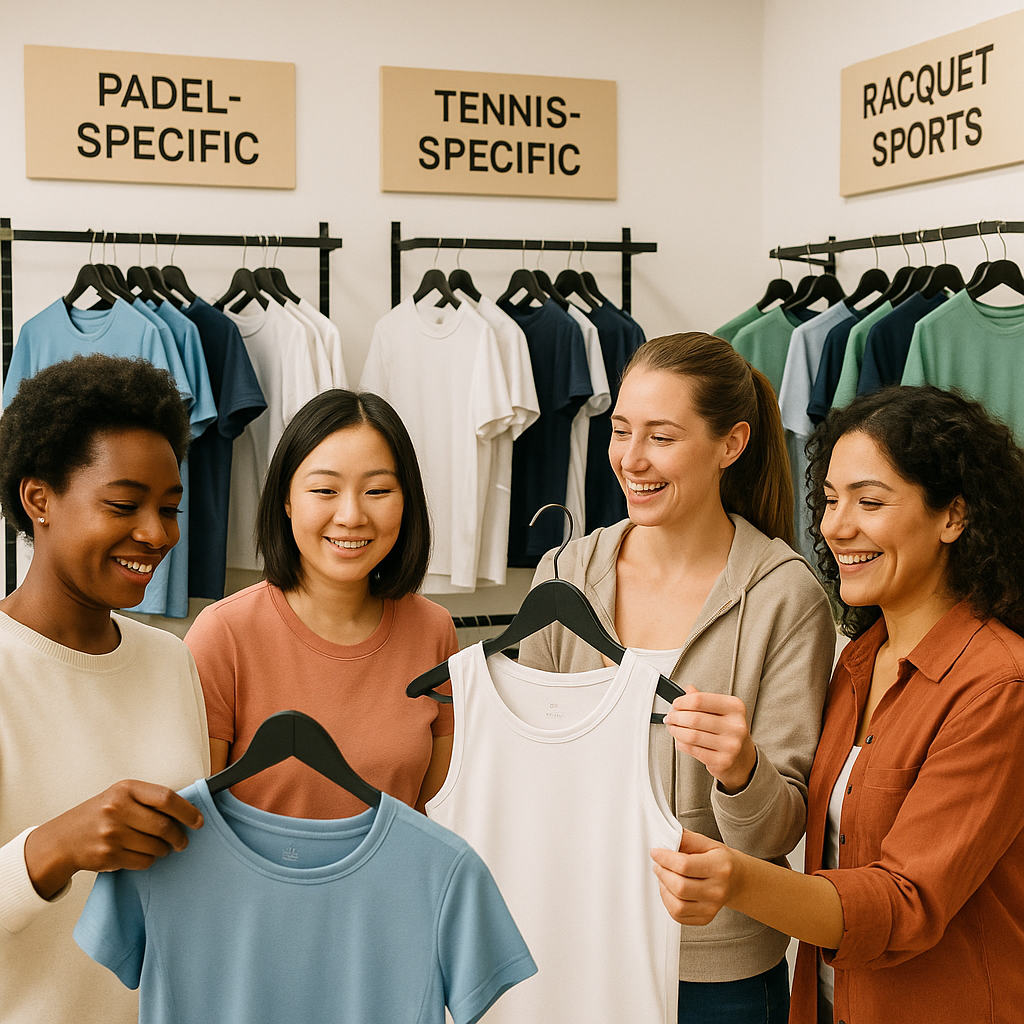
Many manufacturers now label garments explicitly as "padel-specific," "tennis-specific," or "racquet sports" to help guide your selection process.
Remember that footwear represents the one area where crossover use is strongly discouraged. The different traction patterns and support structures make sport-specific shoes essential for safety and performance. Always maintain separate footwear for padel and tennis.
Conclusion
While padel and tennis share racquet sport DNA, the differences in their apparel requirements reflect each game's unique physical demands and culture. Tennis clothing often prioritizes traditional aesthetics, prolonged heat management, and surface-specific performance. Padel apparel typically emphasizes multidirectional mobility, coverage for wall play, and versatility across indoor and outdoor environments.
The most significant distinction remains in footwear, where sport-specific shoes are non-negotiable for safety and performance. For other garments, the boundaries continue to blur as manufacturers develop versatile collections suitable for both court environments.
As you build your racquet sports wardrobe, consider your personal playing style, frequency in each sport, and physical comfort preferences. The right apparel enhances not just performance but enjoyment of these dynamic, engaging sports. Whether you're a dedicated player of one discipline or enjoy alternating between padel and tennis, understanding these apparel distinctions helps you make informed choices that support your game.
Frequently Asked Questions
Can I wear tennis clothes to play padel, or do I need special padel apparel?
While you can start with basic tennis apparel, padel-specific clothing often offers better coverage and flexibility for wall play and dynamic movement, which can enhance comfort and performance.
Do padel and tennis shoes for women really differ?
Yes. Padel shoes are designed for multidirectional traction and lateral support ideal for artificial turf and quick pivots, while tennis shoes are optimized for court-specific surfaces (clay, grass, hard) and may not offer the same grip or stability on padel courts.
What fabrics are best for women's padel and tennis clothing?
Opt for moisture-wicking, stretch, and breathable fabrics. Technical blends with mesh panels or UV protection are ideal for both sports, but padel apparel may prioritize durability and coverage for slide-heavy play.
Are there style differences in skirts or dresses between the sports?
Padel skirts and dresses tend to be longer or offer more coverage than some tennis options, supporting the movements required for wall play. However, many brands now make cross-functional styles.
Does padel have a strict dress code for women like some tennis clubs do?
Padel is generally more relaxed, but always check with your club or event for specifics. Professional tournaments may have guidelines, but casual play encourages functionality and comfort above strict style rules.
